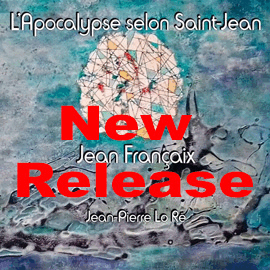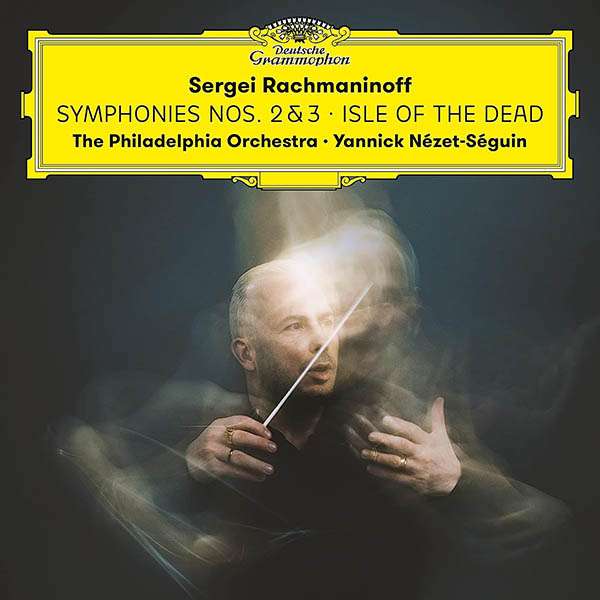Rachmaninov und das Philadelphia Orchestra haben eine gemeinsame, fruchtbare Geschichte. Mehrere Werke wurden für das Orchester komponiert, darunter die Dritte Symphonie, die im Jahr 1936 vom Philadelphia Orchestra unter Leopold Stokowski uraufgeführt wurde. Rachmaninov soll dabei den Sound dieses Orchesters im Sinn gehabt haben.
Nun, hört man sich diese Einspielungen der Symphonien Nr. 2 und 3 an, könnte man glauben, Rachmaninov habe auch die Zweite schon für Philadelphia komponiert. Von ‘Mütterchen Russlands gesamtem Weltschmerz’ wie die Zweite bezeichnet wurde, will Nézet-Séguin nichts wissen, auch von dem, was Dmitrij Kitajenko mit feinsten Farbdifferenzierungen und subtilstem Rubato an musikalischer Wahrheit offen legt, sind wir hier weit entfernt. Der kanadische Musikdirektor des Philadelphia Orchestra sucht eher rassige Eleganz, Brillanz und orchestrale Virtuosität. Wie andere Dirigenten setzt er Rachmaninov unter Hochdruck.
Die dritte Symphonie ist ein sehr komplexes und unter Umständen ein aufrüttelndes Werk, das in Yannick Nézet-Séguin einen kompetenten Interpreten findet, der das Drama der Musik zur Geltung kommen lässt, auch wenn ihm die Feindifferenzierung nicht gelingt. Aber die Musik wird dennoch genügend atmosphärisch, um interessant zu bleiben.
Nézet-Séguin macht in seiner Vordergründigkeit ein im Grunde schwieriges Werk leichter zugänglich. Faszinierend ist generell das brillante Spiel des Philadelphia Orchestra.
Die Aufnahme der Toteninsel ist ganz anders als Mariss Jansons’ verhangene Interpretation, sie schillert in vielen Farben und ist voll von dramatischer Kraft.
Rachmaninov and the Philadelphia Orchestra have a fruitful history together. Several works were composed for the orchestra, including the Third Symphony, which was premiered in 1936 by the Philadelphia Orchestra under Leopold Stokowski. Rachmaninov is said to have had the sound of this orchestra in mind.
Now, listening to these recordings of Symphonies Nos. 2 and 3, one might think that Rachmaninov had already composed the Second for Philadelphia as well. Nézet-Séguin does not want to know anything about ‘Mother Russia’s entire world-weariness’ as the Second has been called, and we are also far away from what Dmitrij Kitajenko reveals here in terms of musical truth with the finest color differentiations and subtlest rubato. The Canadian music director of the Philadelphia Orchestra rather seeks racy elegance, brilliance and orchestral virtuosity. Like other conductors, he puts Rachmaninov under high pressure.
The Third Symphony is a very complex and, in some circumstances, a stirring work that finds in Yannick Nézet-Séguin a competent interpreter who allows the music’s drama to come to the fore, even if he fails to achieve fine differentiation. But the music nevertheless becomes sufficiently atmospheric to remain interesting.
Nézet-Séguin’s foregrounding makes an essentially difficult work more accessible. The brilliant playing of the Philadelphia Orchestra is generally fascinating.
The recording of the Isle of the Dead is quite different from Mariss Jansons’ overcast interpretation; it shimmers with many colors and is full of dramatic power.





















